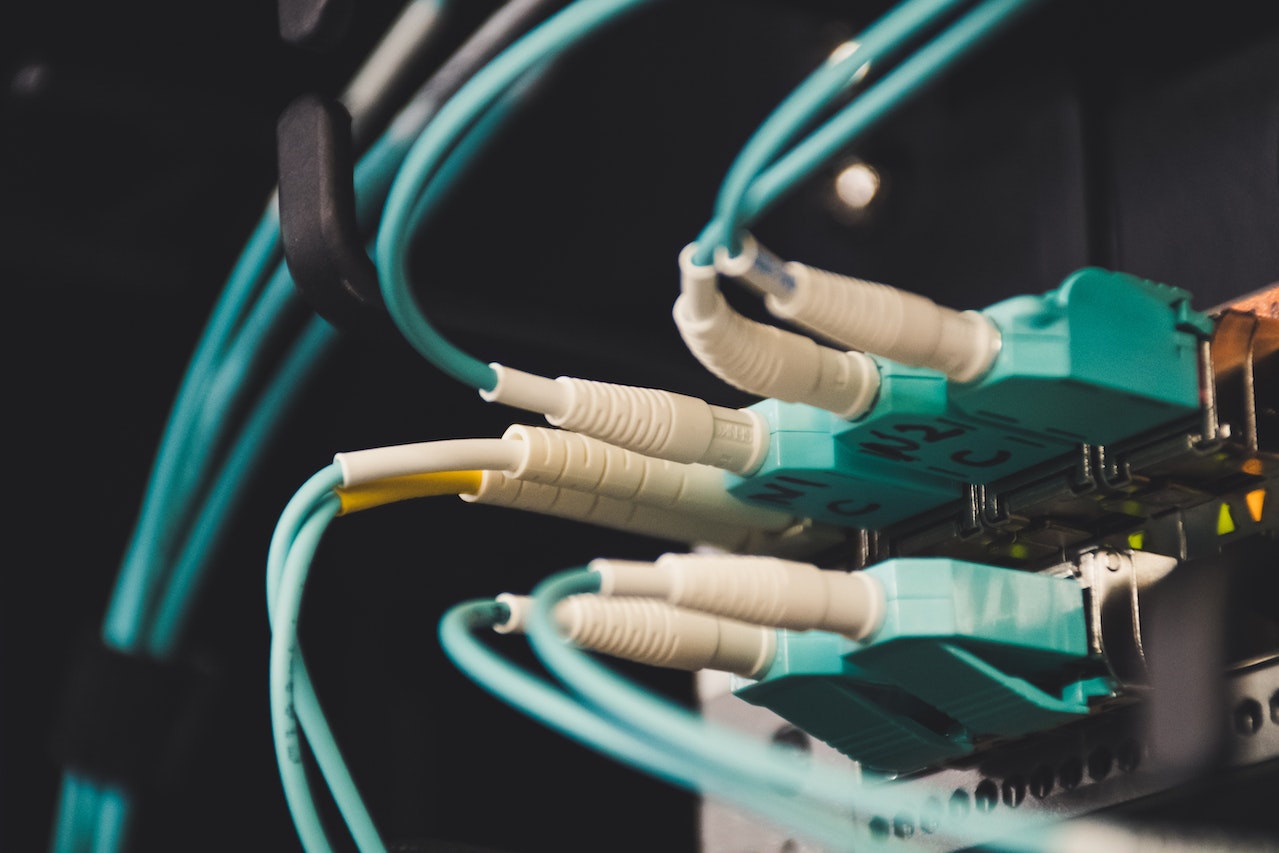What Are The Different Types of Medical Cables

Various technological advances have equipped our modern healthcare system with advanced devices that allow them to provide the best quality of care possible. From patient monitoring systems to advanced imaging and surgical equipment, these complex devices play a critical role in saving lives and improving patient quality of life.
In order to deliver the needed functionalities for patient care, these complex medical devices rely on a network of essential components that work together to ensure they function effectively. In particular, medical cables and wiring systems facilitate the transmission of power, signals and data, enabling the modern healthcare system to operate at a high level.
With a wide range of medical equipment used in various healthcare settings and environments, these devices require an equally diverse range of medical wiring and cable components to support their functionalities. Get to know these cables and their support applications by reading below.
What Are Medical Cables?
Medical cables are specially designed wires used in various hospital applications. These cables play an essential role in ensuring the reliable operation of medical equipment, from life support machines to diagnostics.
Medical cables are made from three main components: the conductor, insulator and jacket. Each of these components plays a vital role in supporting the function of their intended applications, as explained below:
- Conductor: As the medical wiring’s central component, the conductor transfers electric signals from the source to the device. Metals used as the conductor may be used in solid, tinsel or stranded form.
- Insulator: The insulator prevents contact between conductor layers by creating a buffer zone, which provides resistance to electric flow.
- Jacket: The jacket acts as the outer shield that protects the conducting and insulating layers from outside elements while protecting the patient and user.
Due to the medical nature of their applications, medical cables must be manufactured while complying with stringent quality and safety standards to ensure their reliability while exposed to harsh medical environments.
Types of Medical Cables
The modern healthcare system uses diverse medical equipment to provide the highest level of patient care. These pieces of equipment require different medical wiring and cable systems to function effectively.
The following are some of the most common types of cables used in medical applications:
Single-Use Cables
Single-use medical cables are those that come into direct contact with patients. This comes with an increased risk for transmission. However, decontamination is typically not possible as exposure to various treatment methods alters their structure and function. As such, they are designed to be disposable and are typically made from cost-effective materials.
Common Examples:
- Electrocardiogram (ECG/EKG) Cables
- Temperature Probe Cables
- Pulse Oximetry Cables
- Surgical Blood Pressure Cuff Cables
- Endoscope Cables
Power Supply Cables
Power supply cables are specially-designed cables that deliver power to medical equipment and devices. Different types of power supply cables also exist, depending on the exact purpose.
Common Examples:
- AC/DC Power Cords
- Adapter Cables
- Battery Cables
- Extension Cables
Coiled Cables
Coiled cables function similarly to regular cables but are manufactured with spring-like shapes for added flexibility. They can extend when additional coverage is needed and retract when not in use, taking up less storage space. They are also less prone to tangling, making them highly functional in medical environments.
Common Examples:
- Endoscope Cables
- Surgical Instrument Cables
- Infusion Pump Cables
- Electrocautery Cables
Patient Monitoring Cables
Patient monitoring cables are special cables that transmit signals from a patient’s vital organs to a monitoring machine to show information about a patient’s current condition. These are commonly found inside medical transport vehicles like ambulances and helicopters, medical theaters and intensive care units (ICUs).
Common Examples:
- ECG/EKG Cables
- Pulse Oximeter Cables
- Blood Pressure Cables
- Electroencephalogram (EEG) Cables
- Respiratory Rate Cables
Ultrasonic Cables
Ultrasonic testing is a medical testing process that uses sound waves to obtain a patient’s medical information. In these tests, ultrasonic machines use various cables to transmit signals from the patient to the medical device.
All About Medical Assemblies and Interfaces
Medical assemblies comprise individual or multiple cables banded together to form a single unit and can have connectors on one or multiple ends. These assemblies are then used to interconnect different kinds of medical equipment.
The three types of medical assemblies include the following:
- Equipment and Sub-Assembly Interfaces: These are often used in larger equipment like MRI machines and other imaging devices. They are typically installed as part of the original components by equipment manufacturers and are replaced only when repairs or retrofits are needed.
- Communications Interfaces: This diverse range of medical cable assemblies transmits data signals between two devices. They typically consist of serial cables, modular local area networks (LAN) or fiber optic cables.
- Patient Interfaces: These cable assemblies are designed to be durable enough to withstand usage but are made from cost-effective materials so they can be disposed of to minimize the risk of transmission of infections. Under this type of assembly are three subtypes, which differ based on the degree of infection control needed. These include:
- Long-life patient interfaces are designed for long-term contact with patients, such as those used for vital signs monitoring and ECG diagnostic testing.
- Limited-use interfaces are typically subjected to repeated mechanical stress and exposure to cleaning chemicals. They generally are the most durable, designed to last until they are scheduled for replacement.
- Use-only interfaces or those designed for single use, are discarded immediately instead of cleaned.
Custom Medical Assemblies at Carrio Cabling
Carrio Cabling offers custom medical cable assemblies and connectors to deliver sustained performance and reliability across a wide range of medical environments. Our medical cabling solutions are designed to meet your unique specifications and environmental conditions.
We pride ourselves on consistent signal integrity and performance because your patients deserve nothing but the best. Request a quote from Carrio Cabling today or call Toll Free at 1-800-251-4391.


